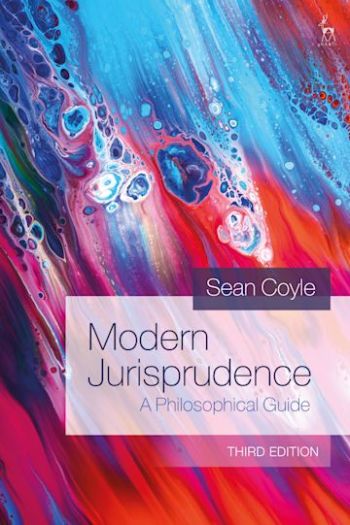
This textbook presents a clear exploration of the historical developments and ideas that give modern thinking its distinctive shape. It guides students through the rival standpoints on jurisprudence from the origins of Western jurisprudential thought and the classical tradition to the emergence of 'modern' political thought. Chapters on Hart, Fuller, Rawls, Dworkin and Finnis lead the reader systematically through the terrain of modern legal philosophy, tracing the issues back to fundamental questions of philosophy, and indicating lines of criticism that result in a fresh and original perspective on the subject.
The third edition includes a new chapter on feminist legal scholarship and non-Western approaches.